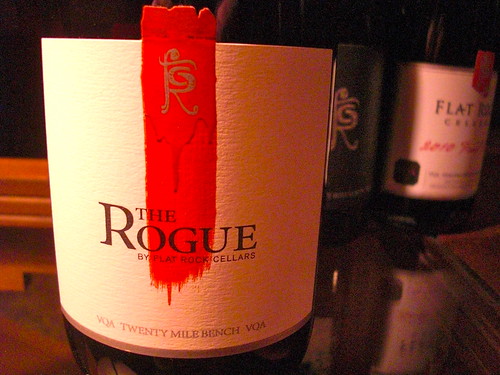
White. Red. Sparkling. Oak. Unoaked. Air dried. Kiln Dried. Botrytis affected. Late harvest. Icewine. Sparkling Icewine. Residual sugar. Barrel fermented. Wild yeast. Dry. Natural. Fortified. Any combination of the above. The possibilities are endless for wine.
But make a red grape into a white wine, and the sparks fly.
I actually listened to a colleague recently go on a mini-jag wondering why anyone would make a white Pinot Noir. “Why bother,” he said. “What is the point,” was his argument.
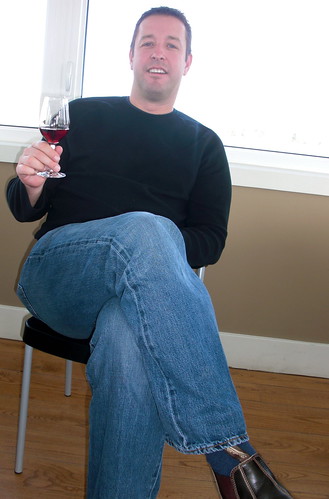
I’m really not sure of the point either. But I’m not sure of the point of a lot of different wines and styles. I feel sort of the same way about shoes. And potato chips. And ice cream. And a whole lot of things.
The point is this. Who cares? Why get yourself all bothered about it? So what if someone has gone to the trouble of making something that you do not think you will like? Is it worth climbing up on a soap box and decrying its existence? Of course it isn’t.
If someone wants to make a white Pinot Noir, they can just go ahead and make white a Pinot Noir. The choice of buying wine is totally in the consumers’ hands. Buy it or don’t. Like it or don’t. It’s the choice we all have. If it doesn’t sell, it’s not likely to be made again.
But let’s encourage the innovations that are taking place in the world of wine, including in our own backyard. What a boring world it would be if everything fit snuggly into the tidy little packages of what a few people feel is normal.
In 1988, wine writer Konrad Ejbich accidentally created the world’s first sparkling icewine, a creation enjoyed by many wine lovers today. He dared to look beyond the normal borders of winemaking and stumbled onto a sweet and sparkling treat that’s a wonderful edition to the styles of wines being made in Niagara. I can imagine the naysayers of the day cursing the very thought of ice, wine and sparklers coming together as one.
Fast forward a few years, and you have other creative winemakers pushing the boundaries of innovation. Biodynamic farming. New varietals being planted (Nebbiolo, Pinot Meunier, Malbec, Gruner Veltliner etc.). New techniques (kiln dried, oak-aged Sauvignon Blanc and Riesling, wild fermentation, clonal experimentation). And some are (gasp!) even making white wine out of red grapes.

That’s where Flat Rock comes in with The Rogue. Ed Madronich has always marched to his own drummer. He thinks outside the box and has built his business to the success it is today by being different. The Rogue, which changes its composition from vintage to vintage, raised eyebrows when his white Pinot Noir version was released last year.
I don’t know why. He has always pushed the envelope, whether it’s an all screwcap portfolio (launched before it was trendy to do so) or crown caps for sparkling wines, Madronich does not fit into a neat little stereotype. He’s playful and mischievous. You can sense that in the way he markets his wines. Here’s how The Rogue is described on the Flat Rock website:
“He’s been here since day one. He operates behind the scenes, shying away from any recognition or press. He thinks his contribution is insignificant when really his ideas have shaped who we are and what we stand for. And now, after five years, we’ve finally created a wine that adequately reflects the attitude and character that comes so naturally to him – The Rogue.”
That’s right. It’s different.
Now, enter the new Rogue.
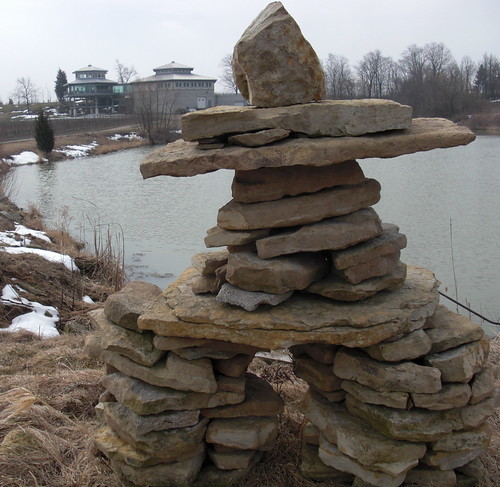
Unlike the previous Rogue, where we knew what we were getting (but it still messed with your head to drink a traditionally red wine that was white), we are not told what’s in the new one. And neither Madronich nor winemaker Ross Wise are telling anyone what grapes went into the new Rogue.
It’s a totally new concoction, that’s for sure.
All we are told is that it is made from “red and white, estate-grown grapes.” Even the residual sugar levels are a closely guarded secret.
In a series of Twitter exchanges with Wise (@rossontherock) he tweeted this cryptic message:
“I think we are keeping this one quiet. It’s a new take on the Seriously Twisted style, with more guts and a couple of winemaking tricks.”
My best guess is this: A blend of wild fermented, barrel-aged Gewurztraminer, Pinot Noir, a little Chardonnay and a splash of Riesling (though I didn’t taste any Riesling, it just stands to reason that Flat Rock would toss some in).
I passed a bottle of the new Rogue around at a party recently with wine friends and they picked out the Gewurz, but the Pinot and Chard weren’t as obvious. A few suggested Pinot Gris, but Flat Rock doesn’t grow Pinot Gris.
So, does it really matter? I think wine geeks will ultimately want to know what they are drinking. Won’t they?
Maybe this tweet from Michelle MacIntosh (@symmetries) best sums up how a lot of folks feel about the new Rogue and it’s mysterious composition:
“Frankly, my darlings, I don’t give a damn … I just want another bottle!!!”
So, here’s my review of the new mystery Rogue, along with some other Flat Rock wines just released:
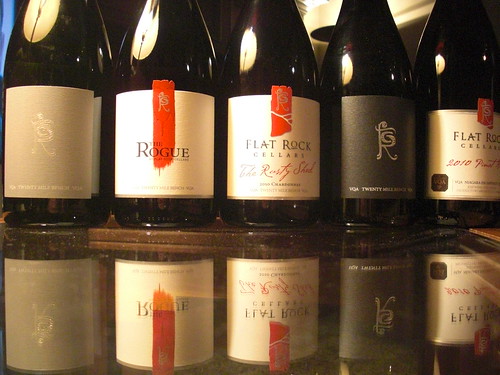
Flat Rock The Rogue Concoction 2010 ($30, winery only, 89 points) — Only 96 cases of this vintage of The Rogue were produced and with word already out there, if you want a taste you’d better hurry. The nose shows grapefruit, clove, spice, lychee and citrus with rich oak spices swirling around. It’s thick and fleshy on the palate with lush tropical and grapefruit fruit flavours, spice and vanilla toast notes. A talker, for sure.
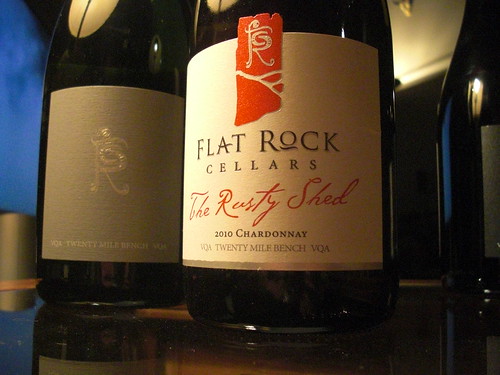 Flat Rock Sparkling Brut Reserve 2007 ($35, winery only, 91 points) — I love the toasty nose on this well-aged sparkler made from 67% Pinot Noir and 33% Chardonnay. Aromas of tropical fruit, citrus, apple and vanilla waft from the glass. The flavours of brioche, fresh apple, citrus and vanilla are carried through the palate by a vigorous bead of bubbles and lifted by firm acidity. It’s layered, refreshing and nicely integrated.
Flat Rock Sparkling Brut Reserve 2007 ($35, winery only, 91 points) — I love the toasty nose on this well-aged sparkler made from 67% Pinot Noir and 33% Chardonnay. Aromas of tropical fruit, citrus, apple and vanilla waft from the glass. The flavours of brioche, fresh apple, citrus and vanilla are carried through the palate by a vigorous bead of bubbles and lifted by firm acidity. It’s layered, refreshing and nicely integrated.
Flat Rock Cellars Estate Pinot Noir 2010 ($20, winery, Vintages, 88 points) — This is the regular cuvee from Flat Rock and the first of the wines to be released from winery’s 2010 Pinot collection. The nose shows ripe cherry, pomegranate, earth and vanilla. It’s smooth and soft on the palate with a basket of ripe red fruits and spice that are expressive through the finish. Nice friendly Pinot.
Flat Rock The Rusty Shed Chardonnay 2010 ($25, winery, Vintages in March, 89 points) — I am enjoying both the white and reds starting to emerge from the warm 2010 vintage. The whites are voluptuous without being flabby as is the case with the Rusty Shed. The nose shows sweet vanilla, fine oak, pear, apple, minerals and hints at butterscotch. The palate reveals charred oak spice, apple, minerals and a fair amount of verve. Delicious.
Previously reviewed:
Flat Rock Reserve Pinot Noir 2009 ($45, winery, 93 points) — A superb example of Niagara Pinot that combines elegance and power from a great vintage. The reserve is Flat Rock’s top cuvee from its Twenty Mile Bench estate vineyard. The black cherry fruit is joined by earth, bramble and rousing spice notes that define this gorgeous Pinot. The red and dark fruits are harmonious in the mouth and a chorus of elegant spice, smooth tannins and acidity make this one heck of a wine to drink now or cellar for five or more years. A beauty.
Enjoy!


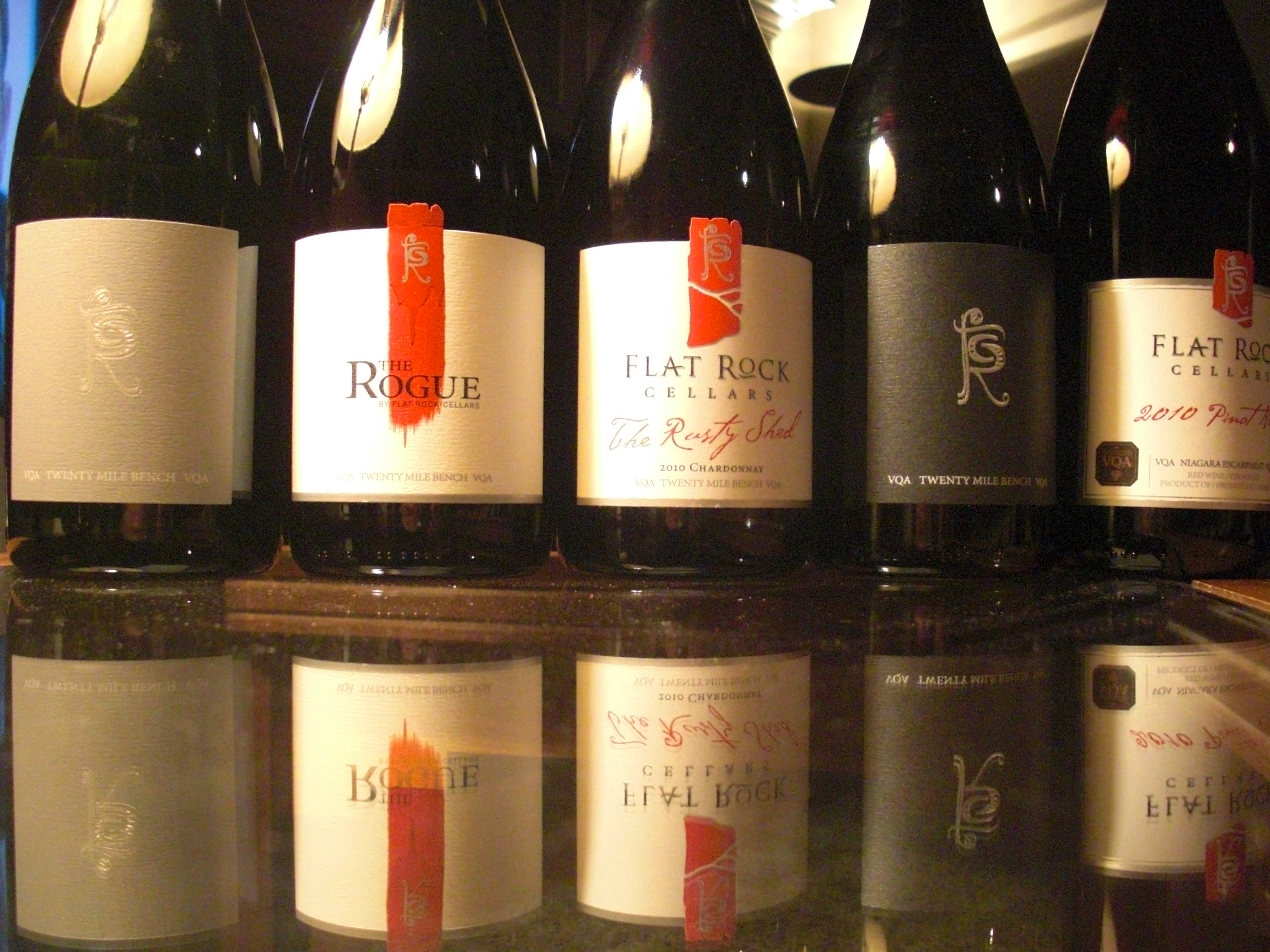




Comment here